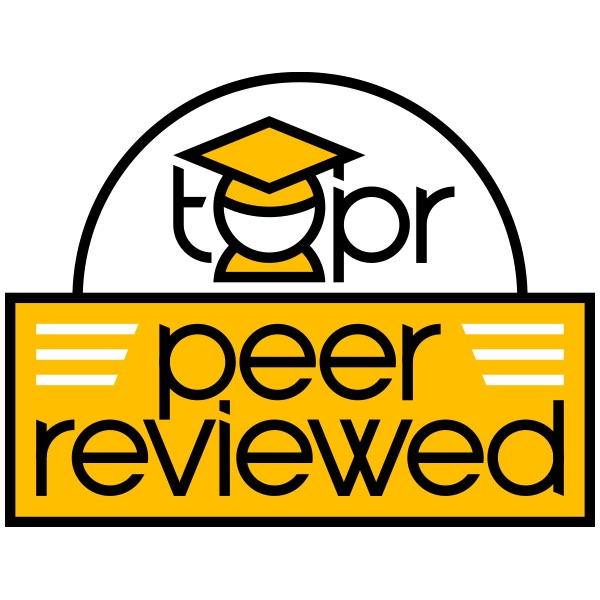
Discussion boards are designed to facilitate social engagement and learning in asynchronous learning environments. However, grading discussion boards can be time-intensive for instructors. Via a Complete/Incomplete rubric, an instructor can invest their time in encouraging students to go deeper in their thinking, as well as connect them to their classmates across posts, all of which returns the focus of online discussions to their potential as a pedagogical tool (Darby & Lang, 2019).
The Complete/Incomplete rubric is rooted in tenets of alternative grading practices like specifications grading (Nilson, 2015). A Complete/Incomplete rubric offers three benefits for facilitating student learning. First, discussion expectations are clearly defined for students and students can realistically meet those expectations (Clark & Talbert, 2023). Complete/Incomplete rubric criteria set a baseline expectation for acceptable student work (Nilson, 2015). Second, a student’s grade for discussions becomes more accurate, “lifting the veil” for students (Feldman, 2019). For example, earning a 70% on a rubric for a discussion activity can mean multiple, possibly incompatible things depending on the student’s situation. Student A might earn 7/10 points on a rubric because they completed all steps of an assignment but at a lower-quality level of engagement, while Student B earned 7/10 points on a rubric because they offered high-quality responses, but missed steps in the assignment. Third, Complete/Incomplete rubrics foster student agency in the learning process. If a student understands that they need to meet all discussion criteria to earn credit, but have other priorities in their lives that week, they can choose to opt out of a discussion, just as they might need to miss a synchronous class meeting for personal reasons. If a student earns an Incomplete in a discussion early in the course, they have ample opportunities to revisit the expectations, meet with their instructor, and actively engage in the discussion moving forward without overly reducing their overall grade in the course.
Strategy Implementation
In Spring 2024, we piloted a new Complete/Incomplete rubric for weekly discussion boards in both fully online, asynchronous, one-unit courses: “UNIV 101: Introduction to the General Education Experience” and “UNIV 301: General Education Portfolio.” UNIV 101 included seven discussion boards worth 30% of a student’s total grade, while UNIV 301 included six discussion boards worth 14% of their total grade.
Because grading discussion boards had become time-intensive, students often lost points on the rubric for common mistakes that were overwhelmingly attributed to not following directions. We aimed to clarify the assignment instructions for students, reduce the amount of grading for instructors, and increase instructor engagement in discussions in the online environment. After drafting the new rubric, we gathered feedback from faculty and updated the assignment description for students to explain why this particular assignment was the sole Complete/Incomplete one in each course.
View these resources:
Since UNIV 101 and 301 feature pre-designed curricula, it was important to communicate to our instructional team the pedagogical rationale for a Complete/Incomplete grading approach and the ways it can enhance student learning and accountability. Most of our faculty and instructors had previously taught both courses, so this change was new for them. During the initial drafting and feedback phase, we shared scholarly resources (listed below) for our faculty to review before asking them to provide feedback on the revised rubric. After that, we updated the Course Instructor Guide with links to the resources and explained the low-stakes, high-expectations standard for discussion boards.
As a result of these revisions, students began to email instructors earlier in the course, often after receiving an “Incomplete” on the first discussion board. One representative sample from a UNIV 301 student is as follows: “Thank you for your response. I was stressed about losing credit for an assignment that I had completed; however, now that I understand the process, I will be sure to post to the discussion board going forward. Thank you!”
Due to this more streamlined grading process, instructors could also offer more substantive replies on the discussion boards themselves. One approach that UNIV instructors are encouraged to try is to “@” a student in their classmate’s thread, cross-linking two students based on shared interests that would otherwise remain hidden. Such small instructor/student interactions add up to create a richer online learning environment full of authentic engagement, all of which was made possible by the switch to an Incomplete/Complete single-criteria rubric.
Scholarly Reference(s)
Clark, D., & Talbert, R. (2023). A framework for alternative grading. In D. Clark & R. Talbert (Eds.) Grading for Growth : A Guide to Alternative Grading Practices that Promote Authentic Learning and Student Engagement in Higher Education (pp. 24 – 32). Routledge. DOI: 10.4324/9781003445043-4
Darby, F., & Lang, J. M. (2019). Small Teaching Online: Applying Learning Science in Online Classes. John Wiley & Sons, Incorporated.
Feldman, J. (2019). Practices that “lift the veil”. In Grading for Equity: What It Is, Why It Matters, and How It Can Transform Schools and Classrooms (pp. 183 – 204). Corwin.
Nilson, L. (2015). Pass/Fail Grading for Rigor, Motivation, and Faculty Peace of Mind. In Specifications Grading: Restoring Rigor, Motivating Students, and Saving Faculty Time (pp. 47 – 55). Taylor & Francis Group.
Citation
Thomas Jones , D., Smith, J., Murray, T.(2024). Set High Expectations for Low-Stakes Discussions Using a Complete/Incomplete Rubric. In deNoyelles, A., Bauer, S., & S. Wyatt (Eds.), Teaching Online Pedagogical Repository. Orlando, FL: University of Central Florida Center for Distributed Learning.